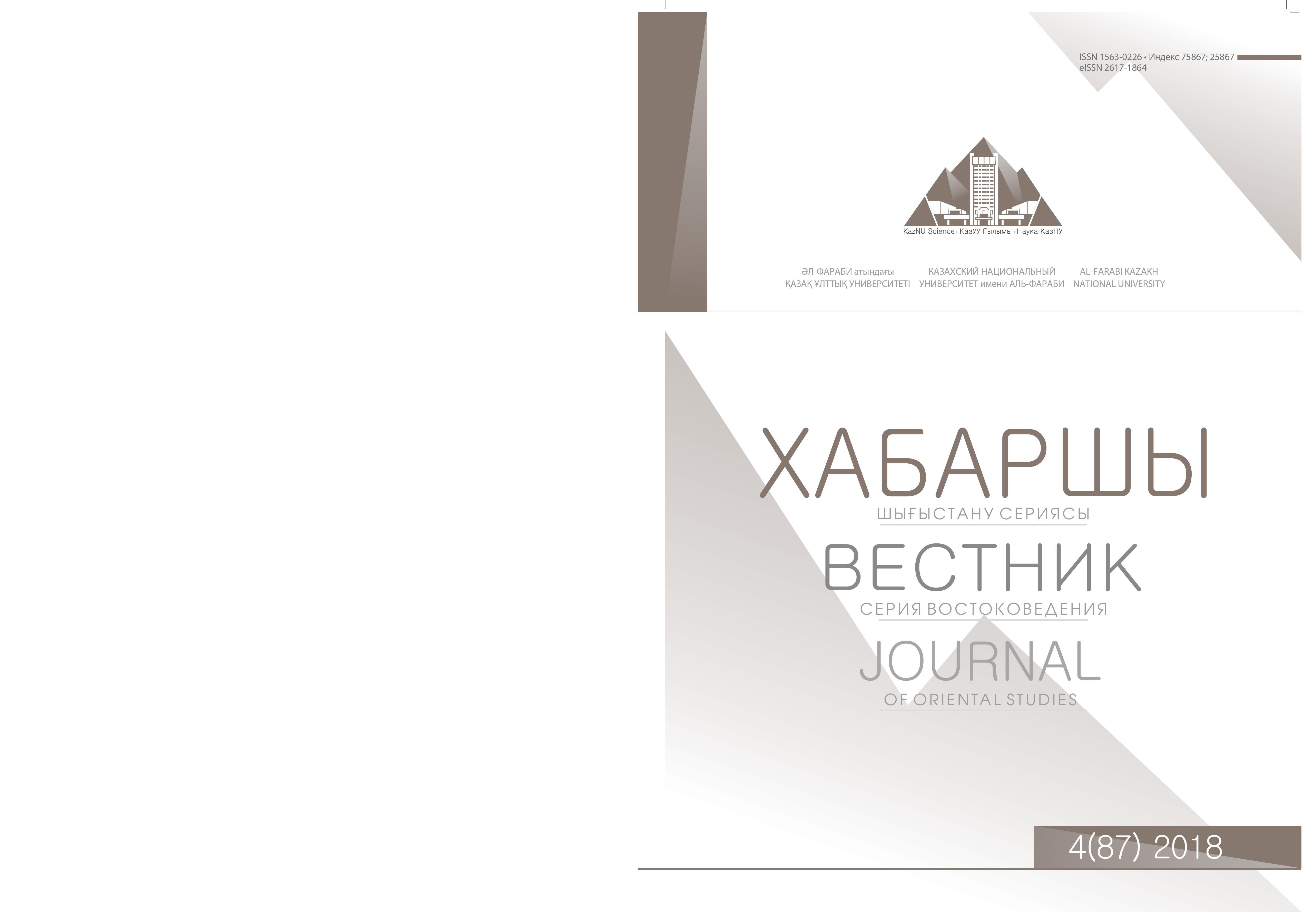TEN WEAKNESS OF THE LATEST APPROVED VERSION OF THE LATIN ALPHABET
Abstract
After Kazakhstan’s political decision to translate its alphabet from Cyrillic to Latin, the digraph ver sion was presented as a project, which was not supported by the public. Then the second project was proposed, based on the presentation of some sounds by an apostrophe, and on October 26, 2017, this version of the alphabet was approved by Decree of the President of the Republic of Kazakhstan No. 569. The authors of this project confused the apostrophes with A. Baitursynov’s “dayekshe” and made a big mistake. As a result, this project was also not supported by scientists and the people. On February 19 of this year, Decree No. 637 amended the Decree of the President of the Republic of Kazakhstan No. 569 of October 26, 2017 “On the translation of the alphabet of the Kazakh language from the Cyrillic alpha bet into the Latin alphabet”, and approved the new alphabet based on an acute one. In this alphabet, the proposal of linguists “to designate one sound with one sign” was taken into account, the apostrophe was replaced with acute diacritics. However, in the process of creating spelling rules of this version there were some drawbacks. This article identifies 10 major weaknesses of the latest approved version and provides a comparative analysis.
Key words: phonetics, latin graphics, arabic graphics, tote zhazu, kazakh language.




